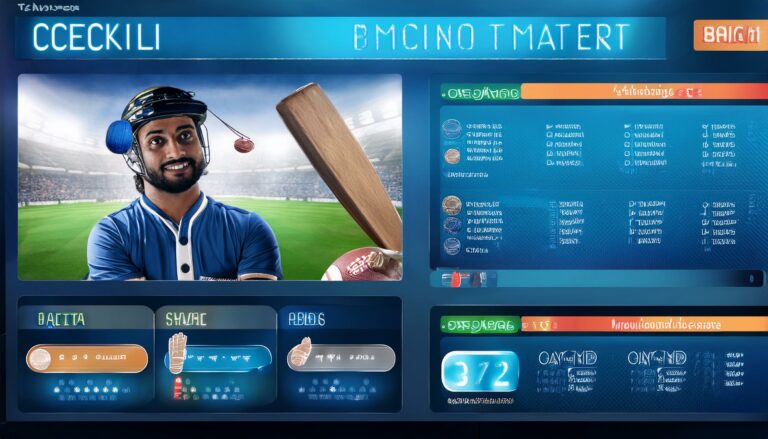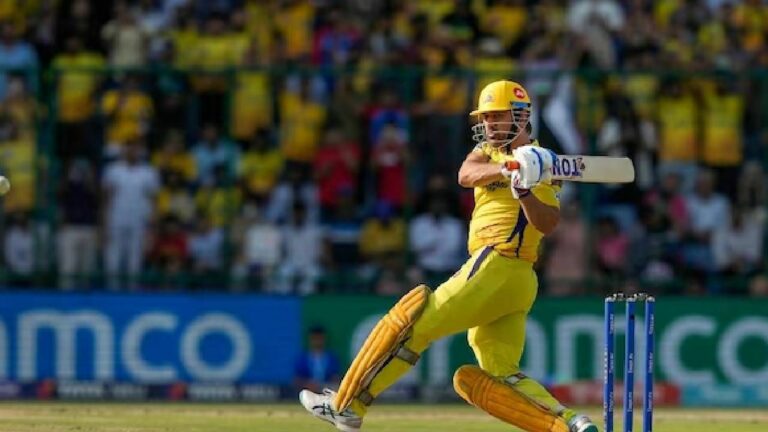Cricket Equipment Trends: From Willow to Synthetic Materials
Sky247, Sky247 Login: Cricket bats have undergone significant changes over the years, evolving from simple and heavy pieces of wood to the sleek and lightweight designs seen in modern times. The traditional cricket bats were crafted from willow wood and had thick edges with a curved blade. These bats required substantial strength to wield effectively, making scoring boundaries a challenging task.
As cricket evolved into a faster-paced and more dynamic sport, the design of cricket bats also underwent modifications to cater to the changing needs of players. Modern cricket bats are made using advanced technologies and materials, such as carbon fibre and composite materials, to enhance durability and performance. These innovations have allowed players to generate more power and precision in their shots, revolutionizing the way the game is played at all levels.
Advancements in Cricket Ball Technology
New manufacturing techniques have significantly contributed to the evolution of cricket ball technology in recent years. The introduction of composite materials and improved stitching methods has resulted in balls that offer better durability and consistency. These advancements have also led to increased grip on the surface of the ball, allowing for better control and seam movement for bowlers.
Additionally, advancements in aerodynamics have allowed for the development of cricket balls that swing and spin more unpredictably in the air. By refining the weight distribution and surface textures of the ball, manufacturers have been able to enhance its stability and flight characteristics. These innovations have not only added an element of intrigue to the game but have also challenged players to adapt their skills to the nuances of these modern cricket balls.
What are some of the advancements in cricket ball technology?
Some advancements in cricket ball technology include the use of high-quality leather, improved stitching techniques, and the introduction of pink balls for day-night matches.
How has the evolution of cricket bats impacted cricket ball technology?
The evolution of cricket bats has led to the need for cricket balls that can withstand faster ball speeds and harder hits, prompting advancements in technology to create more durable and high-performing cricket balls.
Why are pink balls used in day-night matches?
Pink balls are used in day-night matches because they are more visible under artificial lights compared to traditional red balls, providing better visibility for players and spectators during evening matches.
How has improved stitching techniques impacted cricket ball performance?
Improved stitching techniques have enhanced the durability and seam stability of cricket balls, resulting in better grip for bowlers and increased swing and seam movement during matches.
Are there any sustainable advancements in cricket ball technology?
Yes, there are sustainable advancements in cricket ball technology, such as the use of eco-friendly materials and production methods to reduce the environmental impact of manufacturing cricket balls.







